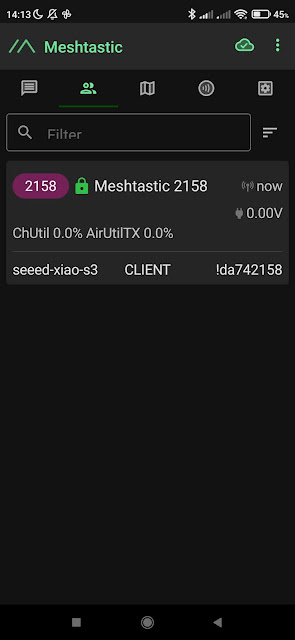I've had this idea floating around for ages. Influenced by a few interesting designs I'd seen I wanted to make a small bag for every day carry (EDC). I mainly carry a wallet, a phone, glasses, a penknife/multitool and commonly a pen drive, yet I can often place these items in a vast variety of forgettable places! A small bag/pouch could accommodate them all. So that's the starting point of the design and quite early on I decided it needed to be small enough so that it can be used as a bag in it's own right, or as a pouch that can be chucked into a larger bag or backpack.

Whilst I was away in FOSDEM I saw someone walk buy with an unfamiliar small Patagonia branded bag across their chest. What caught my eye was the unusual strap that also has small section of cordage at the ends. On returning I had a search around online and came across the above image. Interestingly I think that this bag is a knock off fake design that is emulating a real Patagonia "stealth" bag from a fly fishing range. It is similar but these offered on various marketplace sites for £11/12 are deffo not legit. That said I liked the general layout and the function of the bag. The other influence was I'd seen in a local outdoor equipment shop, the OMM Trio Map Pouch, which was a more complex folding design, but I loved the idea that a bag/pouch could be attached onto an existing backpack as a chest pod.
So, to the sewing machine! This was my first attempt at a lined bag where I made the inner and outer in such a way that when finished all the seam were inside of the bag between the layers. I'd previously made some small pouches and used this cut to length style zip, but mounted the zip in the face/front of the design. Using this style of zip for a top zip actually didn't work too well and it would be better next time using a "closed end zip" which is manufactured to a specific length and has a spare couple of cm of cloth at either end of the zip so you don't need to stitch over the zip at all. That said all this means is that this attempt has slightly less neat zip ends but it's still functional.

Working out the order of operations to assemble what I had in my head was quite a challenge. The front outer panel received some webbing loops (actually it's some nylon tough webbing in black with an overlay of decorative rainbow cotton webbing because why not!) and also received the patch pocket which was stitched on but the bottom seam left un-sewn, to be stitched when the full assembly took place.
I definitely wanted to have 4 attachment points on the rear of the pouch so that I could attempt to use it as a pouch, as a bag with a traditional strap, and attached using the 4 points to a rucksack as a chest pod. Sewing these welded D rings into position was hard as, despite using a zipper foot on the sewing machine, its hard to stitch the webbing down when the D ring is inserted as it tends to clash with the sewing foot.
Turing the bag all the right way around and seeing all the seams disappear is a very pleasant moment. There's always stuff I can do better, but for a first attempt at a nylon lined bag I was pretty pleased.
It's nice to then make some add on's for the bag. Above is a para-cord box knot key ring I tied and use as an easy grab fob for the zip. It's a really nice little add on and also when the zip is closed I can push the fob through the last of the webbing loops pretty securely (see the last/bottom image). This means that it's unlikely that the zip can accidentally undo.
Another small sett of add on's is these tied elastic loops onto which I have tied a "ranger bead" knot using Paracord. The interesting thing about the ranger bead is it acts like one of those plastic cinch toggles and can slide up and down the elastic loop. This means it can be used with the bottom d ring attachment points as a "larks head" style of attaching the pod to a rucksack as a chest rig, as in the photo below.

Finishing it off with a vinyl cut dog logo I'm really pleased with this item made out of leftover bits and bobs. I may well make a second iteration with a better zip and using some chosen fabric rather than this camo cloth I use for everything as I have loads! I could also see myself designing and 3D printing some smaller attachment components for the handle/strap and perhaps for the chest pod attachments. I know it isn't high fashion, I'm old enough to not care. Making Your Own Gear (#MYOG) feels punk as fuck and I love having items on my that I've made and that work well for my kit and my (hapless) brain!


.jpg)
















































